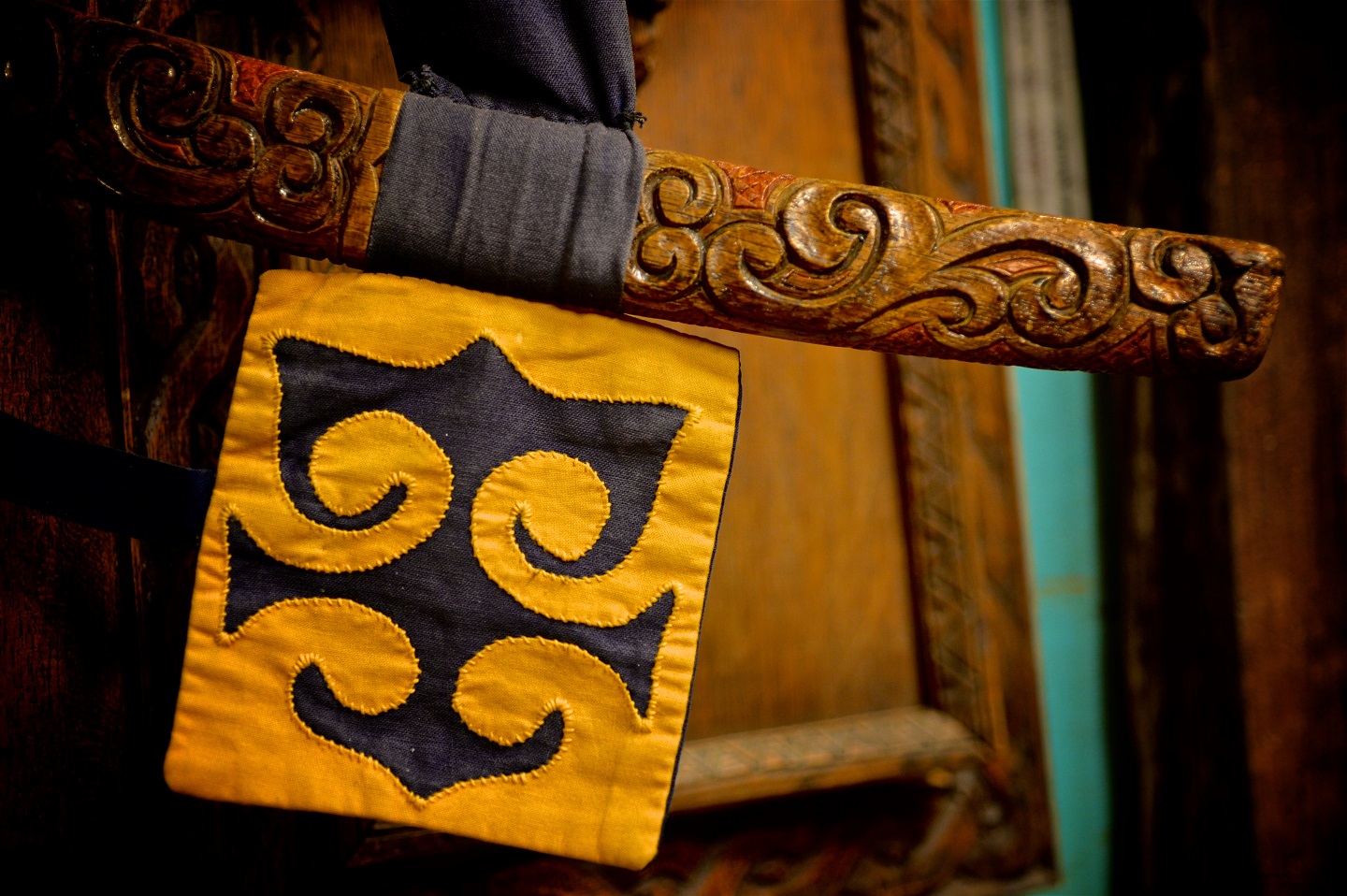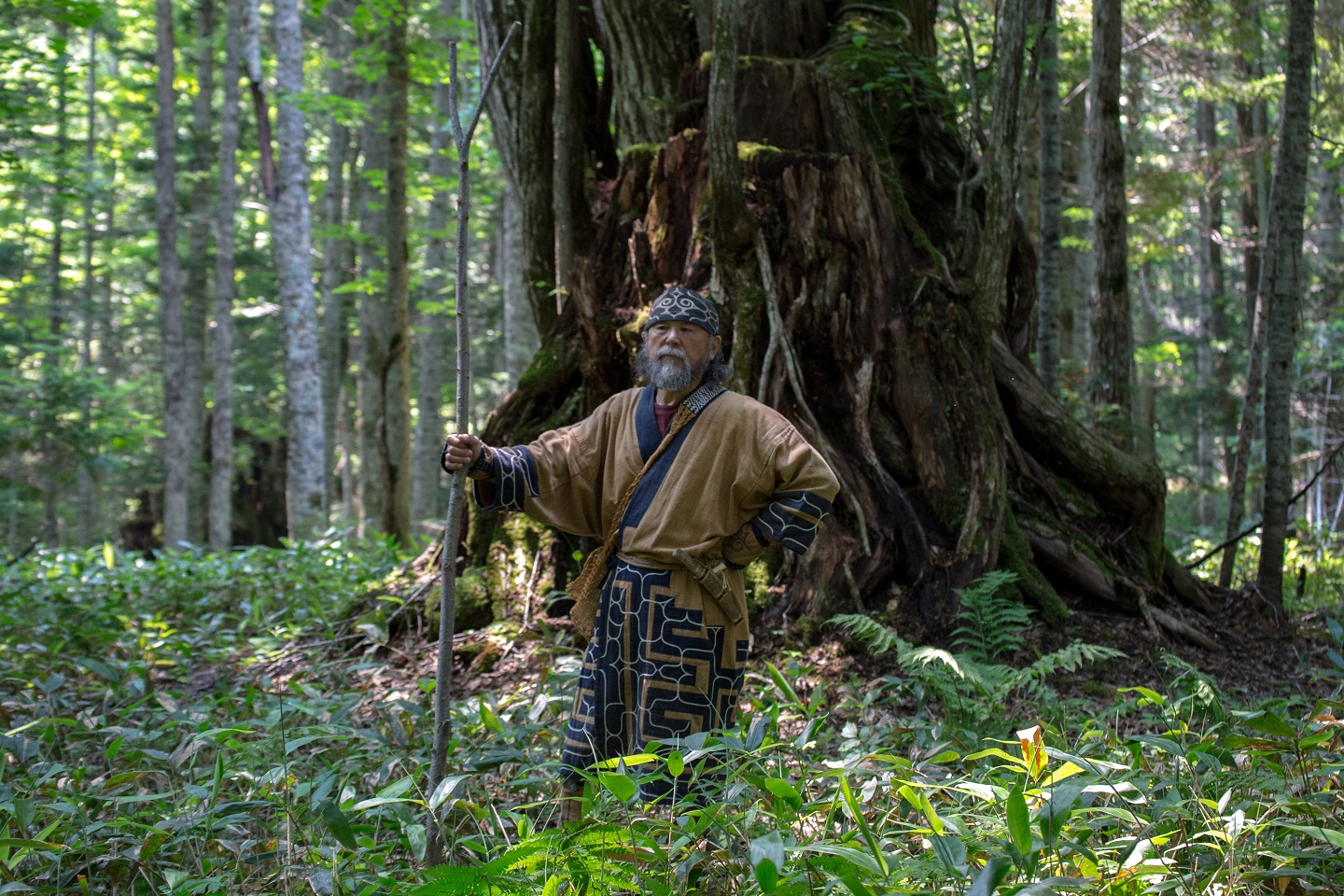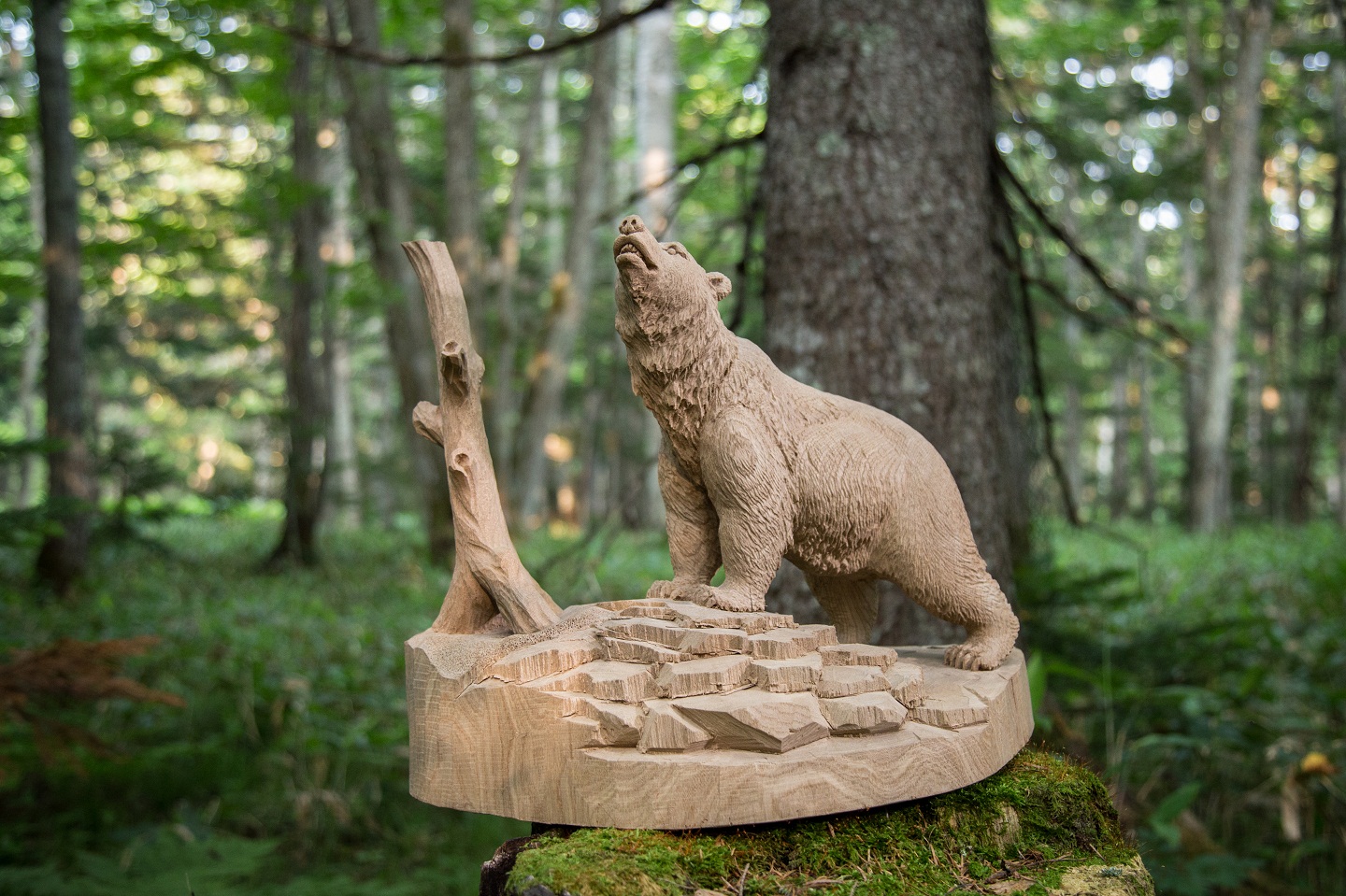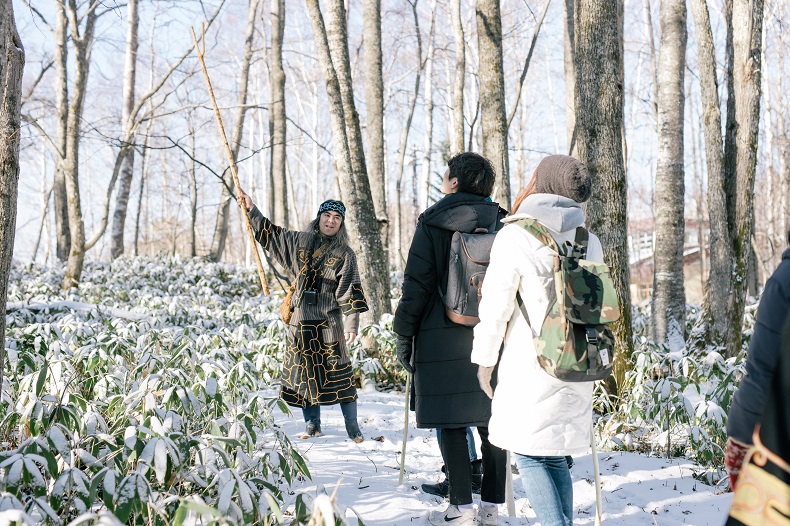What to know about Ainu culture
 The Ainu are an indigenous people who live in Hokkaido. Their presence is important when talking of Hokkaido’s history. Their lifestyle of seeking harmony with nature serves as a good lesson for modern humankind. Knowing the Ainu’s culture will help you to understand the diversity found in Japanese culture.
The Ainu are an indigenous people who live in Hokkaido. Their presence is important when talking of Hokkaido’s history. Their lifestyle of seeking harmony with nature serves as a good lesson for modern humankind. Knowing the Ainu’s culture will help you to understand the diversity found in Japanese culture.
Discover the mystery of the Ainu
 The Ainu people have been side by side with nature through hunting, fishing and gathering. However, they've never been shut off from the outside world, as one of the Ainu’s unique traits is their active trade with other tribes. The Ainu didn't have a written language and their history has been passed down orally, so there are little historical records prior to the Edo period, meaning much of their history is a mystery.
The Ainu people have been side by side with nature through hunting, fishing and gathering. However, they've never been shut off from the outside world, as one of the Ainu’s unique traits is their active trade with other tribes. The Ainu didn't have a written language and their history has been passed down orally, so there are little historical records prior to the Edo period, meaning much of their history is a mystery.
The Ainu’s philosophy
 The Ainu people have co-existed with nature. “Kanto-orowa-yaku-saku-no-arankep-shinep-ka-isam” is an ancient Ainu proverb that means “Everything in this world has a role to play.” The Ainu people believe that everything in this world including natural phenomena, flora and fauna, and daily tools were brought from the world of the gods to serve a purpose. For this reason, the Ainu never forget to express their appreciation to them. They believe that the physical body and the soul are two different things. Animal and tools are temporary figures of the gods who appear to be on the human world. The highest ranked god is considered to be "Kimun Kamuy", which has an appearance of brown bear.
The Ainu people have co-existed with nature. “Kanto-orowa-yaku-saku-no-arankep-shinep-ka-isam” is an ancient Ainu proverb that means “Everything in this world has a role to play.” The Ainu people believe that everything in this world including natural phenomena, flora and fauna, and daily tools were brought from the world of the gods to serve a purpose. For this reason, the Ainu never forget to express their appreciation to them. They believe that the physical body and the soul are two different things. Animal and tools are temporary figures of the gods who appear to be on the human world. The highest ranked god is considered to be "Kimun Kamuy", which has an appearance of brown bear.
Ainu designs
 The most artistic aspect of Ainu culture is the unique designs found on their formal attire and accessories. In particular, Ainu formal kimono features a type of appliqué,in which pieces of fabrics in different shapes and various patterns are sewn on the clothing, which demonstrates the advanced aesthetics of the Ainu people. Patterns vary greatly by region and the creators and they have been passed down within each family. Common patterns shared by all Ainu include moreu ( whirlpool ), and aiushi ( thorny shape ). Both patterns are believed to ward off the evils, so they are typically woven into the openings of clothes, such as collars or cuffs.
The most artistic aspect of Ainu culture is the unique designs found on their formal attire and accessories. In particular, Ainu formal kimono features a type of appliqué,in which pieces of fabrics in different shapes and various patterns are sewn on the clothing, which demonstrates the advanced aesthetics of the Ainu people. Patterns vary greatly by region and the creators and they have been passed down within each family. Common patterns shared by all Ainu include moreu ( whirlpool ), and aiushi ( thorny shape ). Both patterns are believed to ward off the evils, so they are typically woven into the openings of clothes, such as collars or cuffs.
Similar patterns can be seen in Ainu wood carvings as well, which were special objects created for rituals of offering prayers.
Quick Ainu language lesson
 The Ainu language has been passed down orally as it does not have a written form. While the word order is the same as that of Japanese, It is very unique in terms of pronunciation and grammar. There are only a few existing the native speakers and listed as critically endangered language by UNESCO. Here are some samples of simple words in the Ainu language.
The Ainu language has been passed down orally as it does not have a written form. While the word order is the same as that of Japanese, It is very unique in terms of pronunciation and grammar. There are only a few existing the native speakers and listed as critically endangered language by UNESCO. Here are some samples of simple words in the Ainu language.
1. Irankarapte: Hello
The word exactly means “Allow me to touch your heart.”
2. Iyairaikele: Thank you
This is to convey a deep appreciation. A lighter one is “hiouoi.”
3. Hinna: Delicious
This is used to show a gratitude for the nature and food rather than to show something tastes good.
・Akan Ainu Kotan (Ainu Village):http://en.kushiro-lakeakan.com/things_to_do/2950/
・Ainu Seikatsu Kinenkan (Ainu Folklore Museum):http://en.kushiro-lakeakan.com/things_to_do/2946/
・Lake Akan Ainu Theater IKor:http://en.kushiro-lakeakan.com/things_to_do/2933/
・Guide Tour "Anytime, Ainutime!":https://en.anytimeainutime.jp/
・AKAN AINU ARTS & CRAFTS → NEXT:https://akanainu-next.jp/en/
Visitors who read this article also read:
 Related Keywords
Related Keywords

